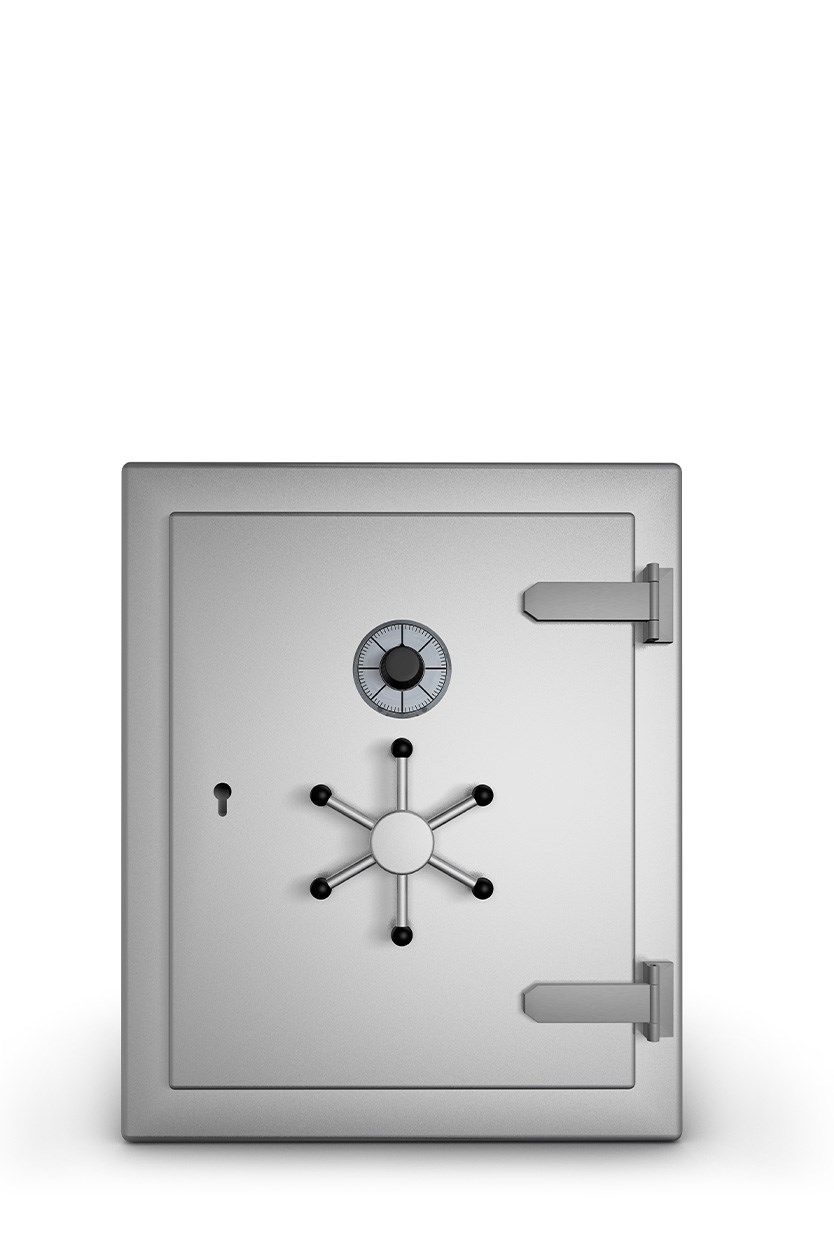What does the law say? What is the employer’s responsibility?
The law states: AFS 2011:19 Chemical Hazards in the Working Environment The Swedish Work Environment Authority’s regulations and general advice on chemical work environment risks.
When an investigation and risk assessment shall be conducted Section 5 The risk of chemical hazards causing ill-health and accidents in the activity shall be investigated and assessed in accordance with Sections 6–9 as often as the conditions of the activity demands it. Furthermore, such an investigation and risk assessment shall always be conducted when the activity is temporarily or permanently changed or if it can be expected that the result of the risk assessment will be affected due to new information. The air shall be examined and assessed every time work is to be commenced in a cistern, well, silo, loading space or similar. If it is not obvious that the air is safe, the air’s content of oxygen and substances hazardous to health shall be measured and the risk of explosion shall be assessed by measuring the percentage of flammable gases and fumes. Work may not commence before an investigation and risk assessment have been conducted and necessary measures have been taken in order to prevent ill-health and accidents at work.
Work in cisterns, wells, silos, loading spaces or similar Section 31 Before commencing work in a cistern, well, silo, loading space or similar, a special risk assessment shall be performed in accordance with Section 5, third paragraph. When implementing Sections 8 and 9, it shall be assessed whether the air needs to be continually monitored throughout the work. If the space cannot be ventilated so that the composition of the air becomes safe, suitable respiratory protection shall be used.
Employer’s responsibility: AFS 2015:4 Organisational and social work environment. The regulations on the organizational and social work environment state as follows: Section 5
Section 5 The Swedish Work Authority’s provisions on systematic work environment management contain rules concerning work environment policy and knowledge requirements, and also require the employer to regularly investigate and assess what risks may arise at work. The provisions also include regulations requiring the employer to take corrective measures to manage risks. According to the Swedish Work Environment Act, the employer has a work environment obligation to take all measures necessary to prevent and reduce ill-health and accidents. This is far-reaching responsibility. The requirement for measures varies depending on the type of activity the employer conducts. Specifically, the employer is obliged to remain up-to-date and to conduct active systematic work environment management.
This entails:
- Researching
- Assessing risks (in writing)
- Taking action as required
- Checking and continuously evaluating the above
As an employer, it is important that you stay up-to-date, involve health and safety representatives or work environment representatives, and keep employees informed and updated about how you assess the situation.

